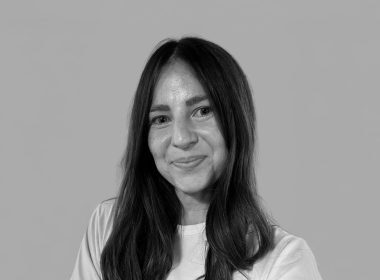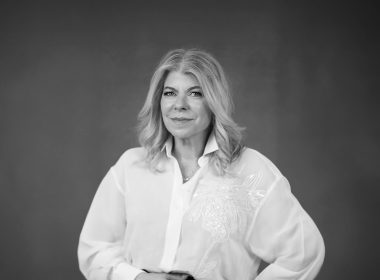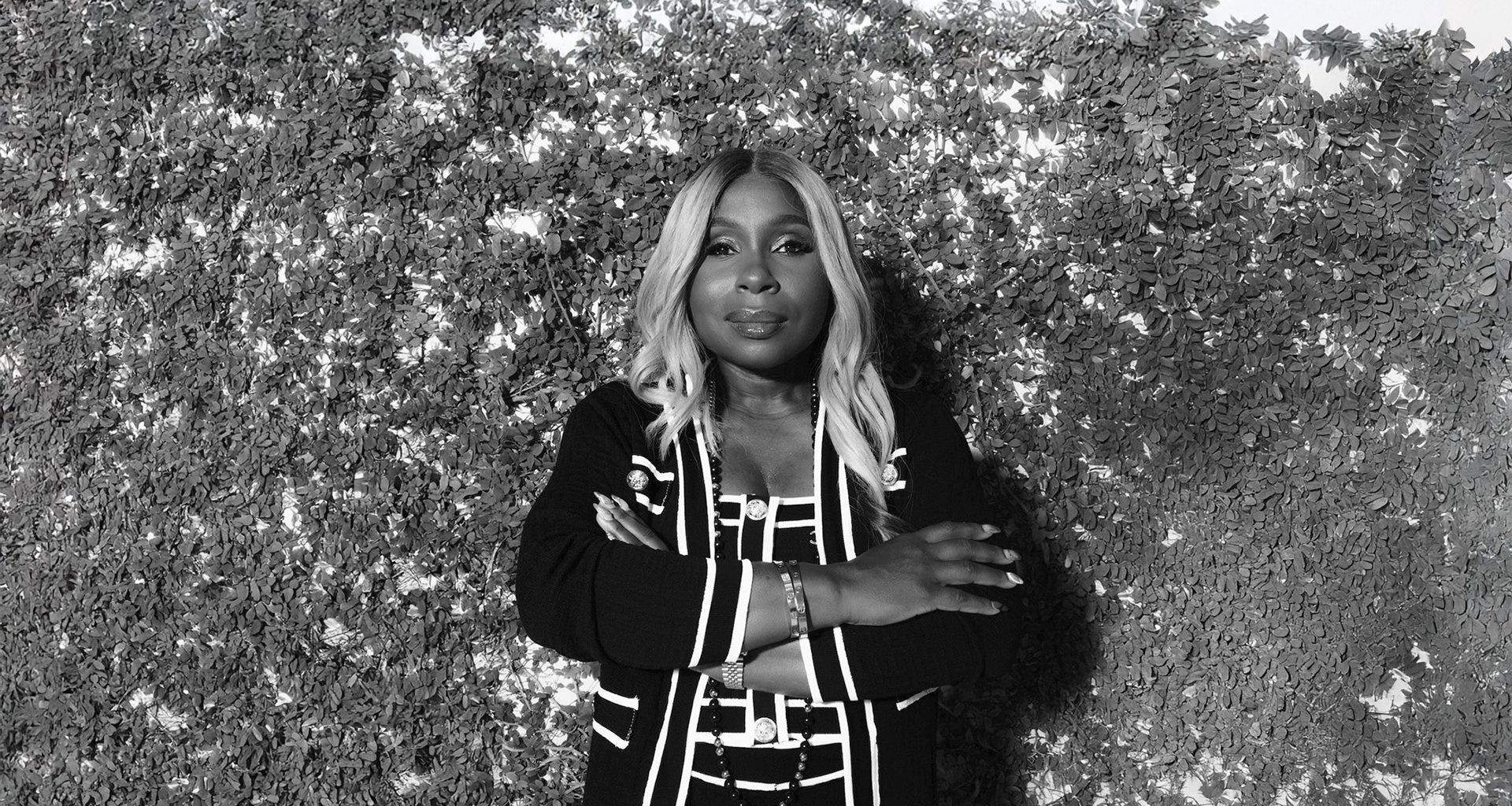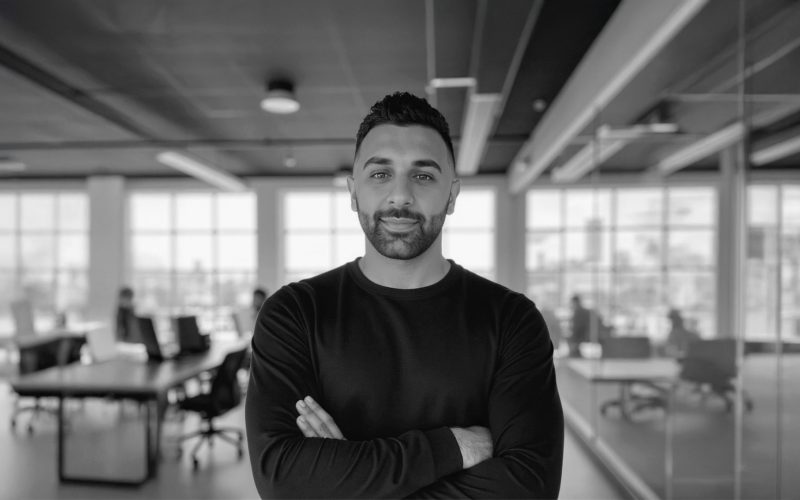Nobody understands storytelling quite like someone who’s worked at Disney. After years at media giants like Disney, Essence and The New York Times, Pauline Malcolm spotted a gap between brands and creators that needed fixing. Now, as CEO of BrandStory Architech, she’s bridging that gap with a blend of experience and AI-driven insights.
Tracking the Creator Economy Boom
The numbers paint a compelling picture of where marketing dollars are heading. “According to current estimates, the Creator economy this year alone is going to be $250 billion,” Pauline points out. That’s just the beginning of the story. She notes that “by 2027, just in two years, the Creator economy is going to grow to a half a trillion dollars.” These aren’t just impressive numbers – they signal a fundamental shift in how people make buying decisions. This shift hits harder when you look at who’s being influenced. Right now, creators shape purchase decisions for half of all internet users. But dig deeper into younger audiences, and the impact gets even bigger. “When you go to Gen Z audiences, it’s almost 80%,” Pauline explains. The message is clear: brands can’t afford to ignore creator partnerships anymore.
1. Rethinking the Brand Brief
Most marketing teams live and die by their brand briefs. But Pauline sees things differently when it comes to creator partnerships. The old rules of tight message control that work for traditional commercials can actually backfire with creators. “Although control is nice, when you’re too controlling of the message when working with creators, that’s how their audience can sniff out that this is not authentic,” she warns. Her solution? Loosen the reins. “Allow for that creative freedom within that brand brief,” she advises. This means giving creators room to interpret talking points in their own way. When brands step back and trust creators’ instincts, the results often surprise them. After all, creators know their audience better than any brand brief ever could.
2. The Power of Authentic Storytelling
The word “authentic” gets thrown around a lot in marketing circles, but Pauline sees it differently. For her, authenticity flows naturally from creative freedom. When brands trust creators to tell stories their way, magic happens. The emotional connections that follow can’t be faked or forced – they have to come from genuine creative expression. This approach requires brands to rethink how they measure success. Instead of checking boxes on message points, they need to focus on whether the content resonates with audiences in a real way. It’s about finding the sweet spot between brand goals and creator instincts.
3. Finding the Perfect Match
Data matters when picking creator partners, but not in the way most brands think. “At BrandStory Architech, we have AI tools where we can help identify the composition of the audience,” Pauline explains. These tools look at everything from audience makeup to social listening data, helping brands spot genuine affinities between creators and their target market. But technology is just part of the equation. The real key is making sure values align between brand and creator. This means looking beyond follower counts to understand what creators truly stand for. When values match and audiences overlap, that’s when partnerships really shine.
Building a Winning Brand Story
The secret to what Pauline calls “collaboration gold” lies in bringing everything together. “When you have both that creative freedom, you have authenticity, and then you have the data to understand if there’s a perfect marriage with this creator, then you can create that creator gold,” she explains. It’s about finding the right balance between structure and freedom, data and intuition. This approach represents a new way of thinking about brand storytelling. Instead of trying to control every aspect of the message, successful brands are learning to trust in the power of authentic creator voices. When they get it right, the results speak for themselves through deeper audience connections and stronger brand relationships.
The future of brand storytelling won’t be found in traditional advertising playbooks. As Pauline’s work shows, it lives in the space where brands and creators come together as true partners, each bringing their own strengths to the table. In a world where authenticity matters more than ever, that might just be the edge brands need. To learn more about Pauline Malcolm and her approach, check out her LinkedIn profile.











